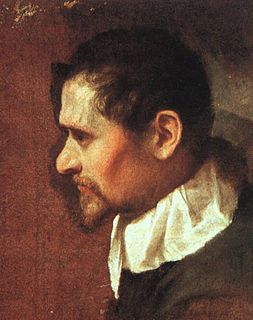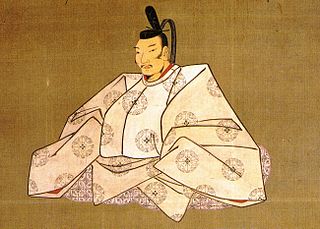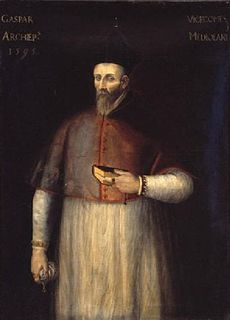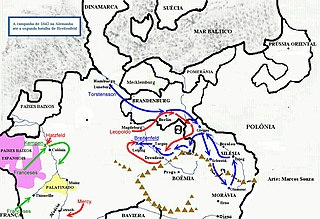
Agostino Carracci was an Italian painter, printmaker, tapestry designer, and art teacher. He was, together with his brother, Annibale Carracci, and cousin, Ludovico Carracci, one of the founders of the Accademia degli Incamminati in Bologna. This teaching academy promoted the Carracci emphasized drawing from life. It promoted progressive tendencies in art and was a reaction to the Mannerist distortion of anatomy and space. The academy helped propel painters of the School of Bologna to prominence.
The 16th century BC is a century which lasted from 1600 BC to 1501 BC.

Annibale Carracci was an Italian painter and instructor, active in Bologna and later in Rome. Along with his brother and cousin, Annibale was one of the progenitors, if not founders of a leading strand of the Baroque style, borrowing from styles from both north and south of their native city, and aspiring for a return to classical monumentality, but adding a more vital dynamism. Painters working under Annibale at the gallery of the Palazzo Farnese would be highly influential in Roman painting for decades.
Mursili I was a king of the Hittites c. 1620-1590 BCE, as per the middle chronology, the most accepted chronology in our times, or alternatively c. 1556–1526 BCE, and was likely a grandson of his predecessor, Hattusili I. His sister was Ḫarapšili and his wife was queen Kali.
Samsu-ditāna, inscribed phonetically in cuneiform sa-am-su-di-ta-na in the seals of his servants, the 11th and last king of the Amorite or First Dynasty of Babylon, reigned for 31 years, 1625 – 1595 BC or 1562 – 1531 BC. His reign is best known for its demise with the sudden fall of Babylon at the hands of the Hittites.

Archduke Ernest of Austria was an Austrian prince, the son of Maximilian II, Holy Roman Emperor, and Maria of Spain.

Toyotomi Hidetsugu was a daimyō during the Sengoku period of Japan. He was the nephew and retainer of Toyotomi Hideyoshi, the unifier and ruler of Japan from 1590 to 1598. Despite being Hideyoshi's closest adult, male relative, Hidetsugu was accused of atrocities and attempting to stage a coup after the birth of Hideyoshi's son, and he was ordered to commit suicide. Hidetsugu's entire family, including children, were also executed on Hideyoshi's orders. His death and that of his family contributed to the quick dissolution of Toyotomi authority after Hideyoshi's death three years later.

Terminus post quem and terminus ante quem specify the known limits of dating for events. A terminus post quem is the earliest time the event may have happened, and a terminus ante quem is the latest. An event may well have both a terminus post quem and a terminus ante quem, in which case the limits of the possible range of dates are known at both ends, but many events have just one or the other. Similarly, terminus ad quem is the latest possible date of a non-punctual event, while terminus a quo is the earliest. The concepts are similar to those of upper and lower bounds in mathematics.
The Russo-Swedish War of 1590–1595 was instigated by Boris Godunov in the hope of gaining the territory of the Duchy of Estonia along the Gulf of Finland belonging to Sweden since the previous Livonian War.
The table of years in architecture is a tabular display of all years in architecture, for overview and quick navigation to any year.
Serdar Ferhad Pasha was an Ottoman statesman of Albanian descent. He was twice grand vizier of the Ottoman Empire between 1 August 1591 and 4 April 1592 and between 16 February 1595 and 7 July 1595.

Gaspare Visconti was the Archbishop of Milan from 1584 to 1595.

Events from the year 1595 in Sweden

Events from the year 1642 in Sweden
Events from the 1590s in the Spanish Netherlands and Prince-bishopric of Liège.

Christ Bearing the Cross is a 1590-1595 painting by El Greco.
The Rottweil Witch Trials were a series of witch trials in the town of Rottweil in Swabia, a town in what is now Germany, between 1546 and 1661. 234 women and 53 men were accused of witchcraft. Out of 287 accused, only 21 were found innocent, while the other 266 were killed. The majority of the victims were burned to death, although some were beheaded. 400 years later, the town pardoned the accused posthumously. A commemorative plaque was placed on the tower in the city, which was formerly a prison, to serve as a memorial for the victims of the trials.








